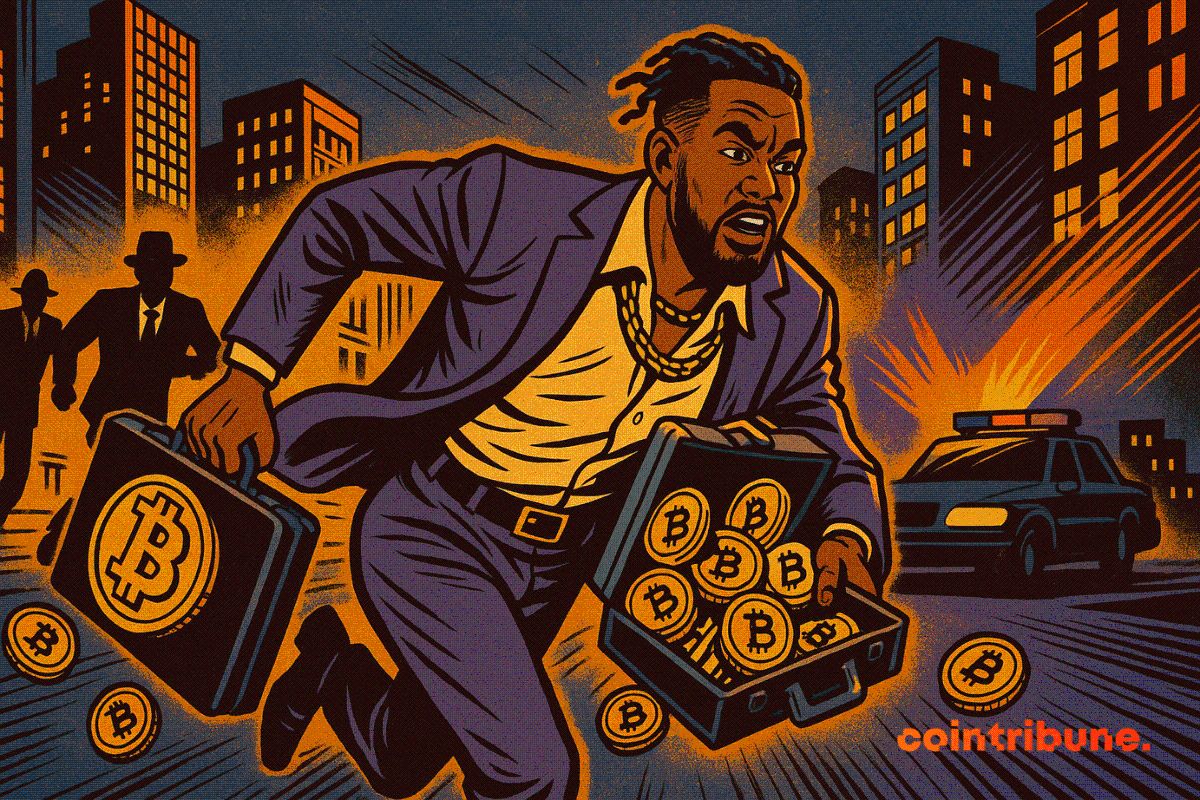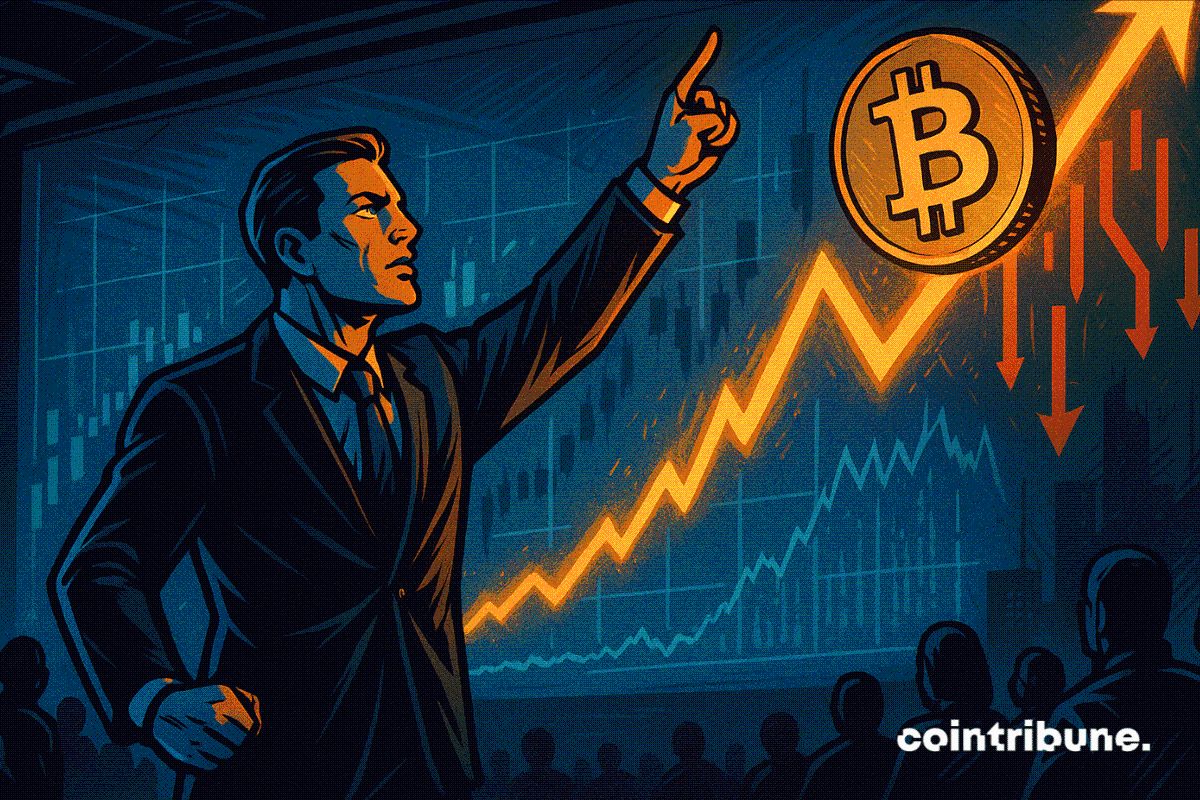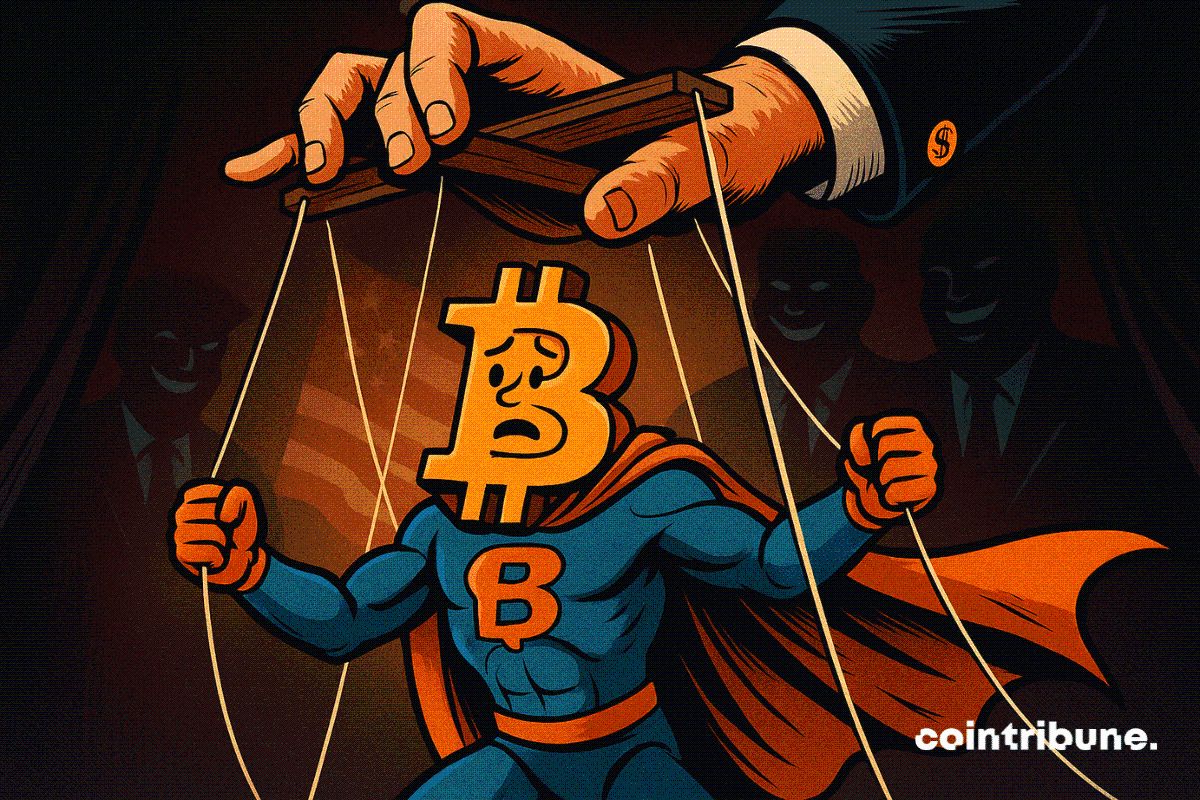The U.S. Commodity Futures Trading Commission welcomes a new leader, and the cryptocurrency market—especially XRP investors—are anticipating a paradigm shift in regulation.
I. A New Era of Regulation
On October 25, U.S. President Trump officially nominated Mike Selig as the 16th Chairman of the Commodity Futures Trading Commission, a move that was immediately met with enthusiasm from both the financial and cryptocurrency sectors.
Selig is a lawyer well-versed in digital asset regulation, having previously worked at the CFTC and served as Chief Legal Advisor for the SEC’s crypto task force. This unique background makes him an ideal bridge between traditional finance and the blockchain world.
In a statement on X, Selig said he was “honored to be nominated by President Trump as the 16th Chairman of the CFTC,” and pledged to “promote competition, innovation, and what he calls the golden age of U.S. financial markets.”
David Sacks, the White House’s head of AI and crypto affairs, praised Selig as an “excellent choice,” noting his “passion for modernizing regulatory approaches to maintain U.S. competitiveness in the digital asset era.”
II. A Familiar Voice
For XRP supporters, Selig is not an unfamiliar name. He has long provided in-depth analysis of the SEC v. Ripple case and is one of the few legal experts to explore the long-term legal implications of the lawsuit for cryptocurrencies.
In July 2023, after Judge Analisa Torres issued a ruling in the SEC v. Ripple case, Selig clearly stated that it was “a huge victory for the Ripple team against the SEC.” At the time, he explained that the ruling made an important distinction: an investment contract can be a security, but the crypto asset itself is not.
Selig specifically clarified: “Judge Torres found that XRP itself is not a security, but it can be sold as part of a security. XRP itself is just computer code. XRP is a fungible commodity, like gold or whiskey.”
This view is highly consistent with the perspective of the XRP community, who see the decision as a step toward clear and fair classification of digital assets.
III. Market Impact
Selig’s appointment comes as the XRP market is experiencing a series of positive developments.
● Recently, the assets under management of the REX-Osprey XRP ETF surpassed 100 million USD, achieving this milestone in just one month. The significance of this achievement lies in providing institutions with a compliant solution to invest without directly holding XRP. According to AiCoin data, nearly 40% of XRPR ETF holdings come from major institutional investors such as hedge funds.
● The derivatives market also shows strong institutional demand. The Chicago Mercantile Exchange Group reported that since May 2025, more than 567,000 XRP futures contracts have been traded, with a notional trading volume exceeding 26.9 billion USD. CME also launched XRP options in October 2025, further enriching its product line. The market responded positively, with XRP prices rising by more than 5.4% and trading at 2.57 USD.
● After Trump’s nomination announcement, XRP even briefly broke through 2.68 USD, surpassing the key resistance level of 2.63 USD, with trading volume surging by 147%.
In addition to ETFs and derivatives, XRP has also achieved another breakthrough in institutional adoption.
● At the end of 2025, Evernorth announced a 1 billion USD XRP fund management plan and acquired 261 million XRP tokens. Reportedly, Evernorth plans to merge with a special purpose acquisition company to list its XRP assets on Nasdaq under the ticker “XRPN”. This is the first such initiative in the crypto space, providing investors with an equity investment tool to participate without directly holding XRP. The market responded positively to Evernorth’s move, with XRP prices fluctuating between 2.36 USD and 2.54 USD during its accumulation phase.
While this volatility poses challenges for retail investors, institutional investors can use existing derivatives and ETF tools to deploy risk management strategies.
IV. Regulatory Coordination
Selig’s nomination is not an isolated event; it reflects a broader shift in the U.S. crypto regulatory landscape.
● The SEC and CFTC recently issued a joint statement indicating that the two agencies have reached a consensus on cooperation, confirming that current laws do not prohibit exchanges registered with the SEC or CFTC from conducting spot crypto asset trading.
This statement marks a significant shift in regulatory attitude. SEC Chairman Paul Atkins commented, “Market participants should have the freedom to choose where to trade spot crypto assets.”
● CFTC Acting Chair Caroline Pham was even more direct: “Under the previous administration, our agencies sent mixed signals on regulation and compliance for digital asset markets, but the message was clear: innovation was unwelcome. That era is over.”
The two major regulatory agencies are pushing to complete key crypto regulatory milestones by the end of the year.
● The CFTC plans to implement management of “spot crypto trading and tokenized collateral” by year-end; the SEC is advancing “Project Crypto,” which aims to introduce an innovative regulatory exemption regime.
Development Area | Progress Overview | Market Impact |
Regulatory Environment | Trump appoints Selig as CFTC Chairman | May promote more crypto-friendly regulatory policies |
ETF Development | REX-Osprey XRP ETF AUM surpasses 100 million USD | Provides compliant channels for institutional investment |
Derivatives Market | CME XRP futures notional trading volume reaches 26.9 billion USD | Shows strong institutional demand |
Institutional Adoption | Evernorth launches 1 billion USD XRP fund management plan | First Nasdaq-listed XRP asset plan |
VI. Potential Risks and Market Outlook
Although overall market sentiment is positive, investors should remain alert to potential risks.
● The SEC’s review of XRP ETF applications remains a source of uncertainty. While the REX-Osprey XRP ETF has achieved initial success, other applications are still awaiting the SEC’s decision.
● Meanwhile, Ripple’s escrow account unlocking plan also warrants attention. Ripple will unlock 1 billion XRP on November 1. This increase in supply may put short-term pressure on market prices.
● From a technical analysis perspective, XRP has formed key price levels. The 2.54-2.58 USD range constitutes an important support zone; if this range is breached, it could weaken market momentum and trigger a short-term correction. On the other hand, if the price can stabilize above 2.70 USD, it may open up room for an upward move toward the 2.90-3.00 USD range.



